Chapter 7 Activities
Introduction
Nutrients in urban and suburban stormwater are a major source of nutrient loading to tidal tributaries and Sarasota Bay. Opportunities abound for stormwater management projects on publicly owned lands, including parks and preserves, utilities, drainage areas, and buildings, funded by federal and state grants and low-cost loans (see Chapter 9.3). But most urban and suburban lots, notably those adjacent to waterways and the bay, are privately owned. Private landowners typically lack the technical expertise, interest, or financial resources to treat stormwater on their own properties. Furthermore, significant portions of Sarasota County were developed before state stormwater regulations were adopted, so many older developments lack stormwater management. In unincorporated Sarasota County, approximately 60% (~52,000 acres) of privately owned parcels do not have stormwater management.
Public-private partnerships are necessary to bridge this management gap. Creating cost-share incentives for private landowners to implement best management practices (BMPs) will reduce financial barriers to nutrient reduction practices. Providing funding for improvements on private land, coupled with technical consultations, also magnifies the influence managers and experts can have on the wider adoption of standardized BMPs. In addition, private lands near sensitive natural resources or those that offer connectivity with publicly managed lands could be prioritized.
Improving stormwater quantity and quality is identified as a priority in Sarasota County Government’s Stormwater Master Plan (1987) and the Sarasota Bay Estuary Program’s Comprehensive Conservation and Management Plan (2022). The Southwest Florida Water Management District (SWFWMD) also supports ongoing initiatives that reduce urban runoff in its Strategic Plan 2024-2028 (SWFMWD 2024) and Surface Water Improvement and Management (SWIM) Plan for Sarasota Bay (SWFWMD 2002).
Activity 1:
Distribute Homeowner Guides for Home and Neighborhood Stormwater Improvement BMPs and Projects
Three new comprehensive guides to Best Management Practices for individual homeowners and neighborhoods provide comprehensive tools and information to advance community involvement in reducing nutrient pollution. Model language that residents can use when negotiating contracts with landscape and pond maintenance vendors is needed.
Activity 2:
Continue Support and Capacity for Homeowners and HOAs to Install Stormwater Improvement Projects with Free Professional Consultations and Cost-share Grants
Free professional consultations, financial assistance, and replicable demonstrations of successful pond management, Florida-adapted landscaping, or green infrastructure elements can accelerate implementation of best stormwater practices in neighborhoods. Outreach to HOAs, in particular, can lead to large-scale projects in common areas that leverage grant funds and volunteers.
Activity 3:
Support Recognition or Leadership Programs for Homeowners, HOAs, and Businesses Adopting, Funding, and Promoting Green Infrastructure Improvements and BMPs
Recognition programs can motivate and engage citizens to protect their local waters, and drive community momentum for positive change. One or more existing award programs could be adapted to highlight community-led water quality projects and innovations.
Activity 4:
Support and Promote Green Infrastructure Demonstration Projects with Interpretive Signage on Publicly Accessible Properties
Visibility and awareness of successful green infrastructure projects can be increased through interpretive signage, demonstration sites, and guided or self-guided tours at publicly accessible places such as parks, government buildings, botanical gardens and museums.


